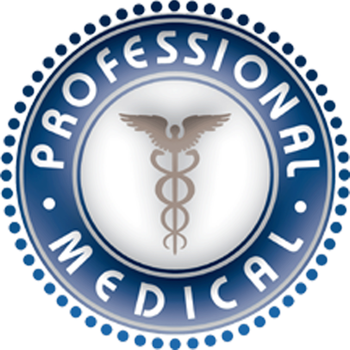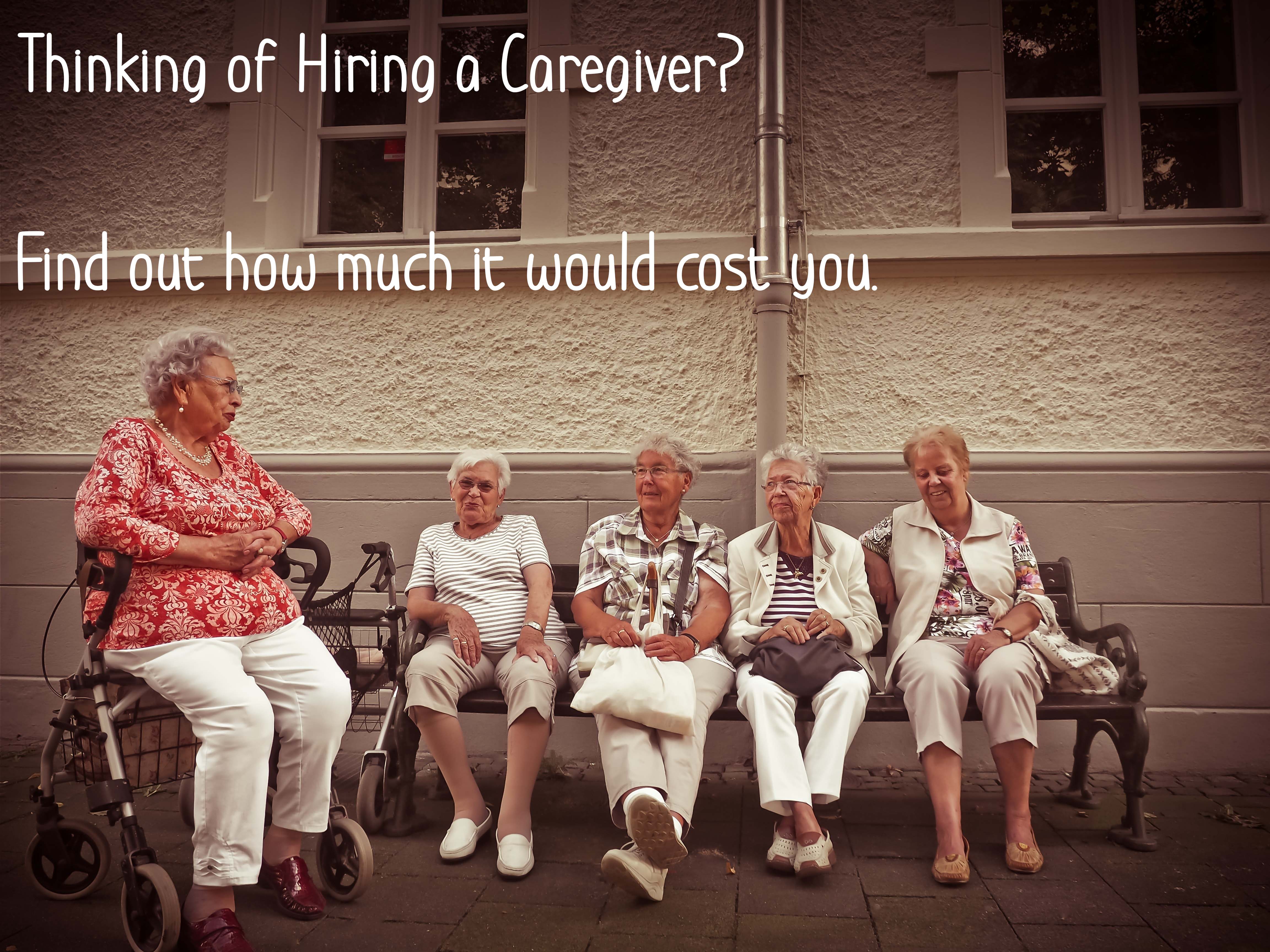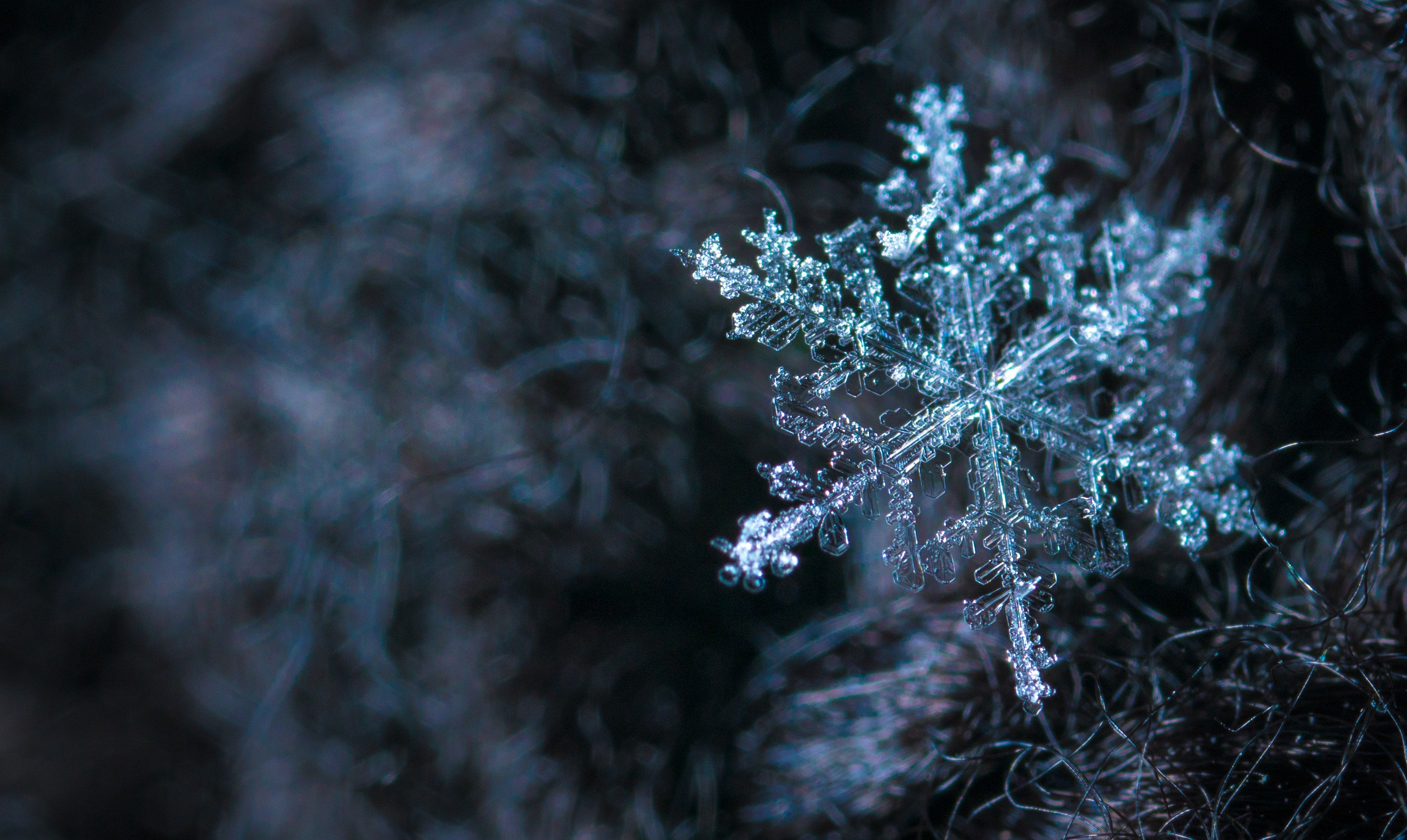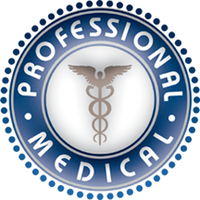“More Than Just a Mole” by Sara Altshul
 Eight years ago, I had a free skin cancer screening at the company I worked for, even though my fair skin had no suspicious moles or splotches (despite my sun-baked youth). To my surprise, the dermatologist hovered her magnifying glass over the tiny, tear-shaped, pale-colored spot near my left nostril. “That’s just a birthmark. My brother has the same one in the same place,” I told her. She sent me off for another look anyway.
Eight years ago, I had a free skin cancer screening at the company I worked for, even though my fair skin had no suspicious moles or splotches (despite my sun-baked youth). To my surprise, the dermatologist hovered her magnifying glass over the tiny, tear-shaped, pale-colored spot near my left nostril. “That’s just a birthmark. My brother has the same one in the same place,” I told her. She sent me off for another look anyway.
That dermatologist agreed with me. “It’s nothing,” he said. “But since you’re here, let’s take a biopsy.” I shivered, but I wasn’t worried—until his call to me a few days later telling me that my birthmark, in fact, was something. That something was a basal cell carcinoma, the most common and least dangerous skin cancer, usually caused by sun exposure.
I had it removed promptly. The surgery left a faint, 4-inch scar visible only to me along my smile line.
Recently, I noticed that the same spot looked different. I figured that my newish weight loss just changed the scar’s appearance. My sharp-as-a-tack 91-year-old mother-in-law noticed it too. “What’s that?” she asked. Next day, I made an appointment with a dermatologist.
Few over 50s get checked for skin cancer
Turns out, I’m in the minority of folks over 50 who’ve had a skin cancer screening in the last year: Only 16% of men and 13% of women get their skin checked, according to a new study funded by the National Cancer Institute.
Of all the cancers, skin cancer is the most common. More than 1 million cases are diagnosed annually. Of them, melanoma is the deadliest form; last year almost 70,000 new cases were diagnosed. When caught early, the five-year survival rate for people with melanoma is 99%, which plummets to 15% once cancer has spread to the lymph nodes.
Twenty-somethings and teens are particularly vulnerable: Melanoma is the most common form of cancer for people ages 25 to 29, and the second most common cancer in people ages 15 to 29. The American Cancer Society recommends an annual screening starting at age 20.
Choose a safe and effective sunscreen
You know the drill about wearing sunscreen and avoiding the sun during its fiercest hours. But did you know that not all sunscreens are created equal? According to the Environmental Working Group (EWG), a nonprofit organization that protects public health and the environment, 30% of sunscreens may be ineffective. What’s more, 42% of sunscreens on the market in 2009 contained oxybenzone, a known hormone disrupter. Last year, the EWG analyzed 1,796 name-brand sunscreens and found that 2 out of 5 of them don’t provide adequate protection, or contain ingredients with “significant safety concerns.” Of the 1,796 products, just 141 were listed as “recommended.” Find that list here.
Get some inside protection
Green tea can reverse the effects of sun damage to the skin and prevent skin cancer, says the National Institute of Environmental Health Sciences. According to studies, drinking green tea prevents skin tumors through a variety of complex mechanisms; bottom line, it contains powerful antioxidants that can reverse cellular DNA damage caused by sun exposure. Though we don’t yet know how many cups of green tea it takes to prevent cancer, the researchers say they believe that drinking green tea regularly, over time, reduces sun damage’s cancer-provoking effects on skin. Shoot for three cups a day, and ice it for a refreshing, healthy summer blast. Try Sweet Tea’s organic green tea flavors, including mint and honey and diet citrus, available at many supermarkets and health-food stores.
Turmeric, the bright yellow curry spice, contains the powerful antioxidant, curcumin, which suppresses inflammation. In a test-tube study published last month, a turmeric extract protected skin against sun damage. To reap turmeric’s anti-cancer benefits, add 1/2 to 1 teaspoon to food every day (it’s perfect in egg, rice, and beans), suggests Bharat B. Aggarwal, PhD, a professor of cancer research at the University of Texas M.D. Anderson Cancer Center. Aggarwal is among the world’s leading turmeric experts.
Back to me
I lost some sleep awaiting the results of my latest biopsy. I wasn’t afraid of the cancer itself; I knew there was practically no way a basal cell carcinoma could kill me. But I was afraid of the cosmetic damage, because BCCs can recur and become extensive, and sometimes require plastic surgery. Happily, I won’t be needing that surgery—the biopsy was benign. Still, the scare convinced me to firmly remain among that 13% of women over 50 who have skin checks every single year.
Courtesy of Health.com
- Professional Medical














Comments 0